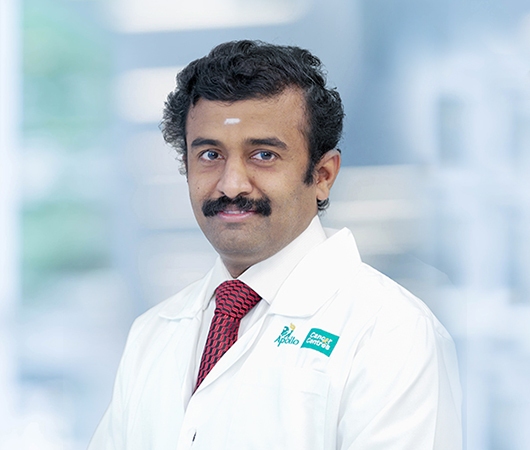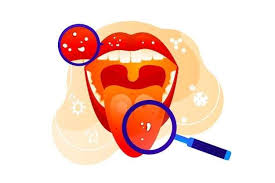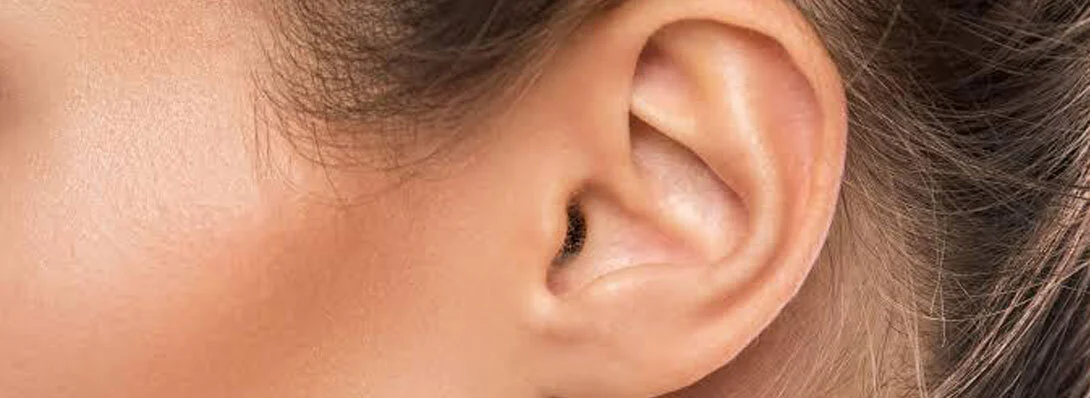Oral Cancer Screening: What You Need to Know
Oral cancer is a significant public health issue, affecting thousands of people worldwide each year. Despite its prevalence, many individuals remain unaware of the importance of early detection and screening for this type of cancer. Screening for oral cancer can dramatically improve the chances of successful treatment and survival, making it crucial for those at risk to understand the screening process and its benefits. This guide will provide an overview of oral cancer screening including self-examination, professional screening methods, and who should consider regular screenings.
Understanding Oral Cancer and the Need for Screening
Oral cancer refers to cancers that develop in any part of the mouth, including the lips, gums, tongue, inner lining of the cheeks, the roof of the mouth, and the floor of the mouth. Like many cancers, oral cancer can be life-threatening if not detected and treated early. Unfortunately, many cases are diagnosed in advanced stages, primarily due to a lack of awareness and regular screening.
Screening is vital because it helps identify oral cancer at an early stage when it is more likely to be treatable. Early detection can significantly reduce mortality rates and improve the quality of life for those affected. The primary goal of oral cancer screening is to detect precancerous or cancerous lesions in their earliest stages.
Self-Examinations: A Proactive Step Towards Early Detection
One of the simplest yet most effective ways to screen for oral cancer is through self-examinations. Regular self-exams help you become familiar with the normal appearance and feel of your oral tissues, making it easier to notice any changes or abnormalities. Here’s a step-by-step guide to performing a self-exam:
Look in the Mirror: Start by visually inspecting your lips, gums, and inner cheeks. Look for any sores, white or red patches, or lumps. Use a bright light and a mirror to get a clear view.
Feel with Your Fingers: Gently feel your lips, gums, and cheeks with your fingers to check for any unusual lumps, swelling, or tenderness.
Check Your Tongue: Stick out your tongue and examine it closely, checking for any discoloration, sores, or irregularities. Don’t forget to check the sides and underside of the tongue.
Inspect the Roof and Floor of the Mouth: Use a mirror to look at the roof of your mouth and feel it with your fingers for any bumps or irregularities. Check under your tongue and along the floor of your mouth.
Look at Your Throat and Neck: Gently feel your neck for any lumps or swollen glands. Look in the mirror to check for any changes in the back of your throat.
If you notice any persistent sores, lumps, white or red patches, or any changes that do not heal within two weeks, it is essential to consult a healthcare professional immediately.
Professional Screening Methods: What to Expect
While self-examinations are a good first step, they are not a substitute for professional screening by a dentist or a healthcare provider. Professional screenings are more comprehensive and may include the following methods:
Visual Examination: During a routine dental check-up, your dentist will visually inspect your mouth, lips, gums, tongue, and throat for any signs of abnormal tissue or growth. This may include the use of a light to look at the back of your mouth and throat.
Palpation: Your dentist or doctor will feel the tissues in your mouth and neck to check for any lumps, swelling, or tenderness that might indicate a problem.
Specialized Screening Devices: Some dentists use specialized screening devices to identify abnormal cells that may not be visible to the naked eye. These devices may use a blue light or a fluorescent light to highlight abnormal tissue.
Biopsy: If your dentist or doctor finds any suspicious areas during the examination, they may recommend a biopsy. This involves taking a small tissue sample for further examination under a microscope to determine if cancerous or precancerous cells are present.
Imaging Tests: In some cases, imaging tests like X-rays, CT scans, MRI scans, or PET scans may be used to get a clearer view of the affected area and check if cancer has spread to other parts of the body.
Who Should Consider Regular Oral Cancer Screenings?
Regular oral cancer screenings are crucial for certain groups who are at a higher risk of developing the disease. Here are some factors that increase the risk:
Tobacco Users: Individuals who use tobacco in any form, including cigarettes, cigars, pipes, chewing tobacco (Paan), or snuff, are at a significantly higher risk of developing oral cancer.
Heavy Alcohol Consumers: People who consume alcohol excessively are also at a higher risk, especially when combined with tobacco use.
Human Papillomavirus (HPV): Infection with certain types of HPV, particularly HPV-16, has been linked to an increased risk of oral cancers, particularly those at the back of the throat and base of the tongue.
History of Oral Cancer: Individuals who have previously had oral cancer are at a higher risk of recurrence and should undergo regular screenings.
Prolonged Sun Exposure: Excessive sun exposure, particularly in early life, can increase the risk of lip cancer.
If you fall into any of these high-risk categories, it is recommended to have regular screenings by a healthcare professional, even if you do not have any symptoms.
Conclusion
Oral cancer screening is a vital part of maintaining good health, especially for those at higher risk. By understanding the importance of both self-examinations and professional screenings, one can take proactive steps toward early detection and prevention. Regular screenings, combined with awareness of risk factors and symptoms, can significantly reduce the impact of oral cancer and improve outcomes. Remember, early detection saves lives—don’t wait to start your screening routine today.

Dr. Kannan S Consultant-Head & Neck Oncology and Skull Base Surgery





.png)




